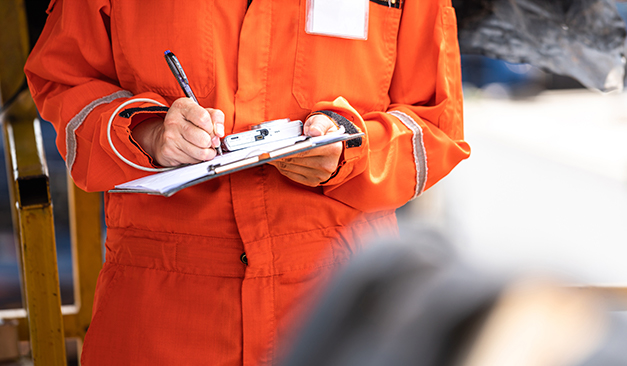Dementia Fall Risk Fundamentals Explained
The 5-Minute Rule for Dementia Fall Risk
Table of ContentsThe Definitive Guide for Dementia Fall RiskThe Ultimate Guide To Dementia Fall RiskHow Dementia Fall Risk can Save You Time, Stress, and Money.The Ultimate Guide To Dementia Fall Risk
An autumn danger assessment checks to see just how most likely it is that you will drop. It is mainly done for older grownups. The assessment typically includes: This consists of a series of inquiries regarding your total health and wellness and if you have actually had previous drops or issues with balance, standing, and/or walking. These devices evaluate your strength, equilibrium, and gait (the method you walk).STEADI includes screening, analyzing, and intervention. Interventions are recommendations that may lower your danger of dropping. STEADI consists of 3 actions: you for your threat of succumbing to your risk variables that can be enhanced to try to avoid drops (for instance, balance troubles, impaired vision) to reduce your risk of falling by making use of effective approaches (as an example, giving education and learning and sources), you may be asked several inquiries including: Have you fallen in the previous year? Do you really feel unsteady when standing or strolling? Are you fretted about falling?, your supplier will certainly test your stamina, equilibrium, and stride, using the following autumn assessment devices: This examination checks your gait.
If it takes you 12 secs or more, it might suggest you are at greater danger for an autumn. This test checks toughness and balance.
The settings will certainly get more difficult as you go. Stand with your feet side-by-side. Move one foot halfway onward, so the instep is touching the huge toe of your other foot. Relocate one foot totally in front of the other, so the toes are touching the heel of your various other foot.
Dementia Fall Risk Can Be Fun For Anyone
Most falls take place as an outcome of multiple contributing factors; as a result, handling the risk of falling begins with determining the aspects that add to fall threat - Dementia Fall Risk. Several of the most relevant threat factors consist of: History of previous fallsChronic medical conditionsAcute illnessImpaired stride and equilibrium, reduced extremity weaknessCognitive impairmentChanges in visionCertain high-risk medicines and polypharmacyEnvironmental elements can likewise raise the threat for drops, consisting of: Inadequate lightingUneven or damaged flooringWet or slippery floorsMissing or harmed hand rails and get hold of barsDamaged or improperly equipped tools, such as beds, mobility devices, or walkersImproper usage of assistive devicesInadequate guidance of the people living in the NF, including those who display hostile behaviorsA successful fall danger management program requires an extensive medical assessment, with input from all members of the interdisciplinary group

The care strategy need to also consist of treatments that are system-based, such as those that promote a risk-free environment (suitable lighting, handrails, get bars, etc). The effectiveness of the treatments need to be reviewed occasionally, and the treatment plan revised as necessary to reflect adjustments in the loss danger analysis. Applying a fall threat monitoring system making use of evidence-based finest method can decrease the frequency of drops in the NF, while restricting the capacity for fall-related injuries.
The Best Guide To Dementia Fall Risk
The AGS/BGS guideline suggests screening all grownups matured 65 years and older for autumn threat each year. This testing includes asking patients whether they have dropped 2 or more times in the previous year or looked for medical interest for a loss, or, if they have not dropped, whether they really feel unsteady when strolling.
Individuals who have actually fallen when without injury ought to have their balance and gait evaluated; those with gait or balance problems need to obtain added evaluation. A background of 1 autumn without injury and without stride or balance troubles does not warrant additional assessment beyond continued annual autumn threat screening. Dementia Fall Risk. A loss danger analysis is called for as component of the Welcome to Medicare evaluation

Dementia Fall Risk - An Overview
Documenting a drops background is one of the top quality indications for fall prevention and administration. why not look here Psychoactive drugs in specific are independent predictors of falls.
Postural hypotension can typically be minimized by minimizing the dosage of blood pressurelowering medications and/or quiting medications that have orthostatic hypotension as an adverse effects. Use above-the-knee support tube and copulating the head of the bed elevated might likewise reduce postural decreases in high blood pressure. The suggested elements of a fall-focused health examination are received Box 1.

A Yank time greater than or equal to 12 seconds recommends high autumn danger. Being incapable to stand up from a chair of knee elevation without utilizing one's arms shows increased fall risk.